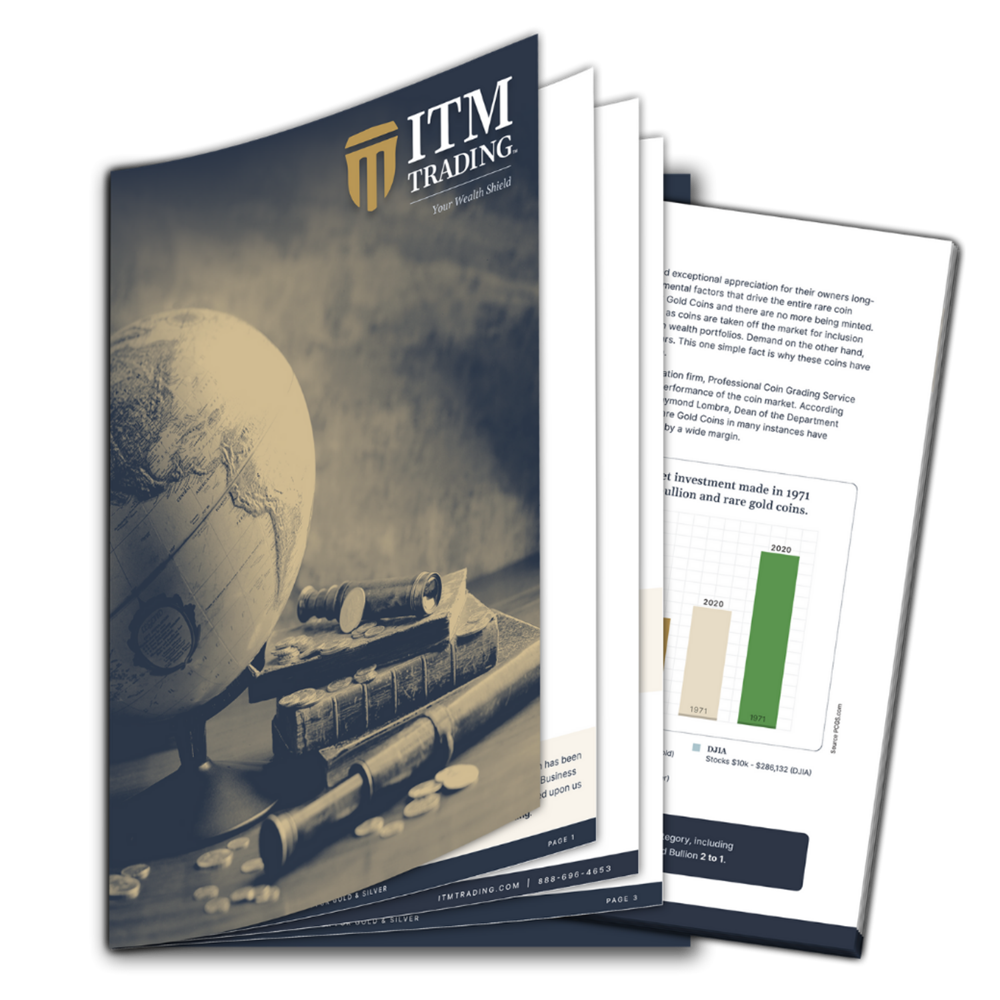How Much Should I Contribute To My Individual Retirement Account (IRA) ?

First of all, let me state that this article-blog is meant to inform you and get you to think critically at the same time. Every long term financial plan should be carefully thought out and researched, the pros and cons as well as the risks and costs listed, and of course not everyone’s situation is the same, so personal goals, needs, and risk comfort levels should be entered into the equation as well before solid answers can be found. Please read on.
What Is An IRA?
The simple answer is that an IRA is a financial agreement between an individual (or possibly a couple if married) and a banking or insurance company in which the rules have been determined by the U.S. Government in general and the Internal Revenue service in particular. IRA’s were first created in the U.S. In 1974 by the Employee Retirement Income Security Act passed by Congress. Later, in 1981 the Economic Recovery Tax Act made the IRA account more popular and more accessible to the average American.
Critical Thinking Question #1:
If the IRA was created by a taxation authority ( The U.S.Government) that relies on taxing it’s citizens to exist, was it created with my best interests in mind, or their best interests in mind?
Critical Thinking Question #2:
Since these accounts first began in 1974, and the typical working and earning span of an American is 47 years (age 18 to age 65), the first Americans to retire that would be able to fully utilize an IRA for their entire earning career will retire in 2021. Therefore one can say that no American has been able to fully utilize an IRA, and therefore we don’t really know how well they truly work. You should consider this fact if you are thinking about using a IRA as your main source of retirement planning.
What Is An IRA, Really?Â
The more complex answer is that an IRA is a U.S. Government controlled banking product that may include insurance annuity plans, stock purchases, bond purchases, and the like. In a sense, an agreement was made between the banking and insurance companies and the U.S. Government to entice Americans into saving for their retirement by giving a part of their earnings every year to for profit businesses that may lose your investment under the guise of having to pay less taxes. In essence, the attraction of an IRA is supposed to be that you can contribute money from yearly earnings to this account without having to pay taxes on this contribution until you withdraw the money later on when you are retired.
The entire premise relies on two factors in order to work:
The purchasing power of the dollar stays high enough so that one can actually retire on the money saved (hopefully hundreds of thousands of dollars) rather than only be able to meagerly exist in an era of $9 gasoline and $500 prescriptions that might exist at the time of your retirement.
The tax rate that you pay when you deduct the money from your IRA is substantially lower than the tax rate was when you contributed the money to the account in the first place. The idea is that when one is earning a substantial income during the prime of their career, that the tax rate is much higher than the tax rate they retire under will be because their earnings will have decreased or ceased, therefore putting the individual in a lower taxation bracket.
Critical Thinking Question #3:
Being that the value or purchasing power of the dollar has declined significantly since IRA’s were developed in 1974 ( An ounce of gold could be had for under $75 in 1974 and today costs well over $1200) and that tax rates and revenues have steadily increased over the last 40 years, how likely is it that an IRA will be truly beneficial to me when I retire?
So How Much Should I Contribute To My IRA?
Perhaps the critical thinking questions above may have given you pause for though at least, or perhaps you now see your IRA in a different light altogether. For more information about IRA’s you may want to read this ITM Trading article on The Potential And Realized Risks Of Holding An IRA.
Currently, Americans under the age of 50 may contribute a maximum of $5500 per year to their IRA account. Americans over 50 may contribute a maximum of $6500 a month.
If you think about it, that means that under the current rules, most of us can only contribute about $500 a month or so to an IRA, which is a rather minuscule amount when you are trying to save enough money to live on for the rest of your life.
Back in 1974 when IRA’s were first created in the U.S., the maximum annual contribution was only $1500 a year, or barely more than $100 a month. Today a cable TV bill is usually $100 a month or more. Being that the IRA contribution model itself has been revised upwards of around 400% over 40 years, this suggests that those in charge know that the value and the purchasing power of the dollar has been and will continue to decline over time, thus requiring ever larger contributions just to maintain the same potential retirement lifestyle.
Critical Thinking Question #4:
Now knowing that an IRA now currently requires four times as much money in contributions as it did during it’s first iteration in order to actually grow to enough of a balance to consider the possibility of retirement, what are the chances that the balance you accrue will be able to pay your living expenses twenty, thirty, or forty years from now?
Now You Know How Much You Can Contribute To Your IRA
But perhaps you are wondering if you should be contributing to an IRA. The truth is IRA’s are much more complicated than I can put in a few hundred words, and if you currently have an IRA, and have questions about estate and retirement planning and how your IRA can and does function, or if you have questions about rolling your IRA into a physical gold backed IRA rather than a paper contract type of IRA, please call ITM Trading at 1.888.OWN.GOLD.















